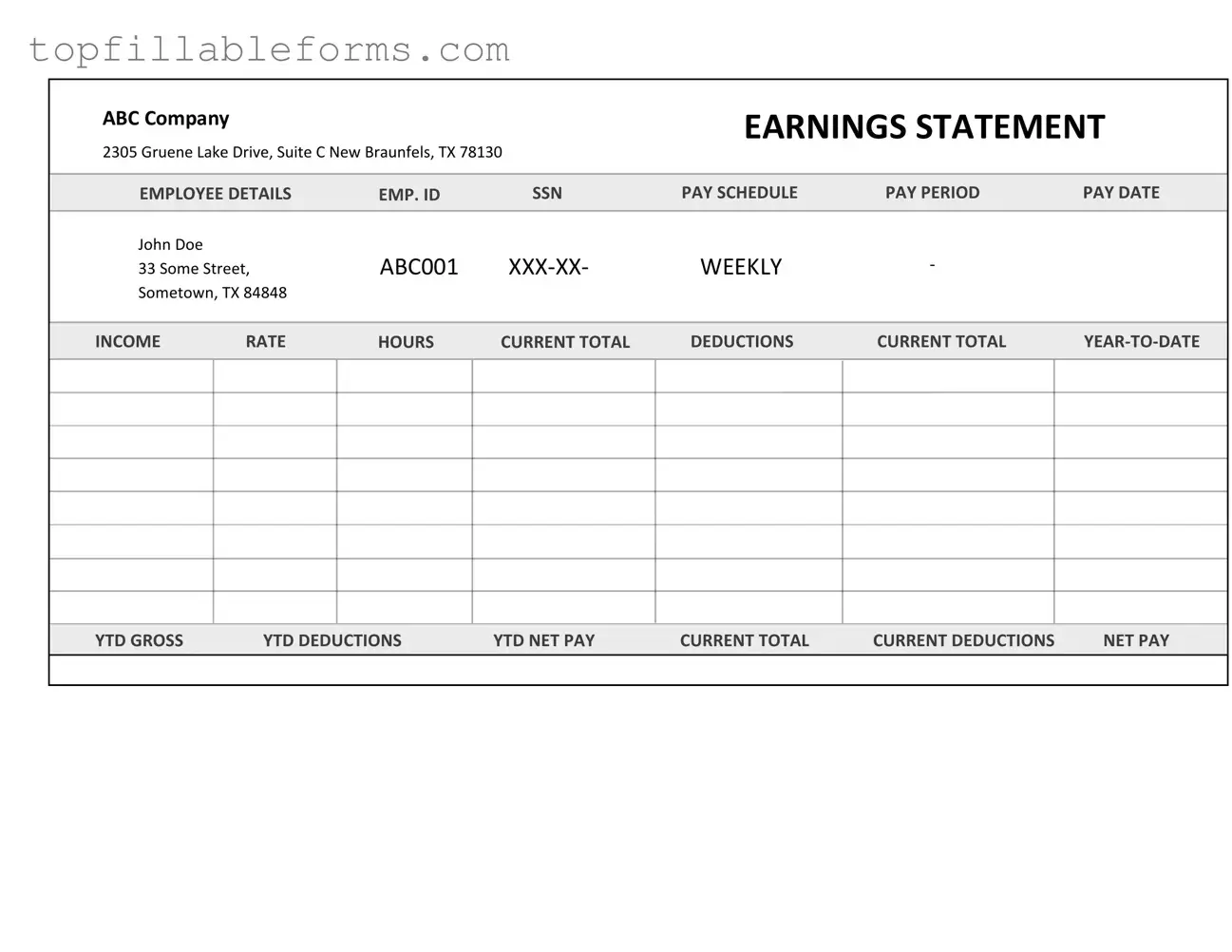Printable Independent Contractor Pay Stub Form in PDF
The Independent Contractor Pay Stub form serves as a crucial document that outlines the earnings and deductions for individuals who work as independent contractors. This form provides transparency, ensuring that contractors can easily track their income and understand the financial aspects of their work. Understanding this document is essential for both contractors and businesses to maintain clear financial records and comply with tax obligations.
Open Independent Contractor Pay Stub Editor Here
